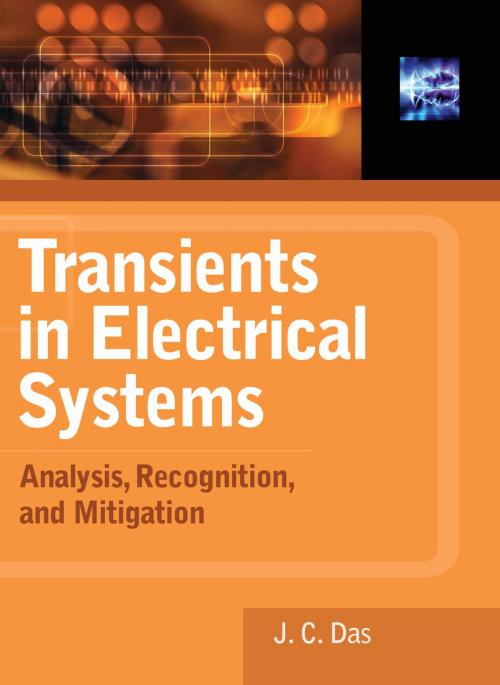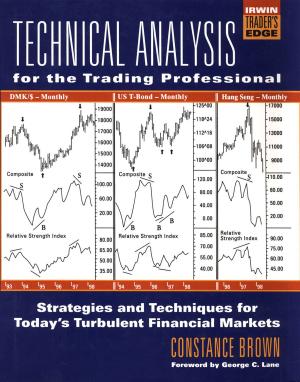Transients in Electrical Systems: Analysis, Recognition, and Mitigation
Nonfiction, Science & Nature, Science, Physics, Energy, Technology, Electricity, Telecommunications| Author: | J.C. Das | ISBN: | 9780071626033 |
| Publisher: | McGraw-Hill Education | Publication: | May 6, 2010 |
| Imprint: | McGraw-Hill Education | Language: | English |
| Author: | J.C. Das |
| ISBN: | 9780071626033 |
| Publisher: | McGraw-Hill Education |
| Publication: | May 6, 2010 |
| Imprint: | McGraw-Hill Education |
| Language: | English |
Detect and Mitigate Transients in Electrical Systems
This practical guide explains how to identify the origin of disturbances in electrical systems and analyze them for effective mitigation and control. Transients in Electrical Systems considers all transient frequencies, ranging from 0.1 Hz to 50 MHz, and discusses transmission line and cable modeling as well as frequency dependent behavior. Results of EMTP simulations, solved examples, and detailed equations are included in this comprehensive resource.
Transients in Electrical Systems covers:
- Transients in lumped circuits
- Control systems
- Lightning strokes, shielding, and backflashovers
- Transients of shunt capacitor banks
- Switching transients and temporary overvoltages
- Current interruption in AC circuits
- Symmetrical and unsymmetrical short-circuit currents
- Transient behavior of synchronous generators, induction and synchronous motors, and transformers
- Power electronic equipment
- Flicker, bus, transfer, and torsional vibrations
- Insulation coordination
- Gas insulated substations
- Transients in low-voltage and grounding systems
- Surge arresters
- DC systems, short-circuits, distributions, and HVDC
- Smart grids and wind power generation
Detect and Mitigate Transients in Electrical Systems
This practical guide explains how to identify the origin of disturbances in electrical systems and analyze them for effective mitigation and control. Transients in Electrical Systems considers all transient frequencies, ranging from 0.1 Hz to 50 MHz, and discusses transmission line and cable modeling as well as frequency dependent behavior. Results of EMTP simulations, solved examples, and detailed equations are included in this comprehensive resource.
Transients in Electrical Systems covers:
- Transients in lumped circuits
- Control systems
- Lightning strokes, shielding, and backflashovers
- Transients of shunt capacitor banks
- Switching transients and temporary overvoltages
- Current interruption in AC circuits
- Symmetrical and unsymmetrical short-circuit currents
- Transient behavior of synchronous generators, induction and synchronous motors, and transformers
- Power electronic equipment
- Flicker, bus, transfer, and torsional vibrations
- Insulation coordination
- Gas insulated substations
- Transients in low-voltage and grounding systems
- Surge arresters
- DC systems, short-circuits, distributions, and HVDC
- Smart grids and wind power generation















